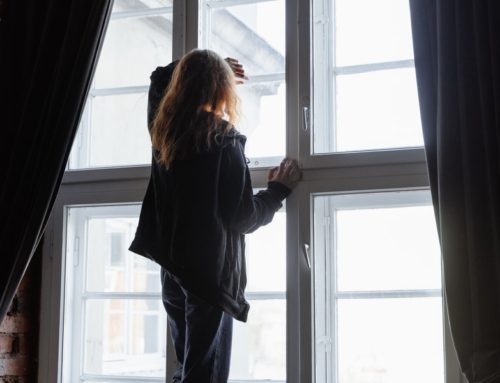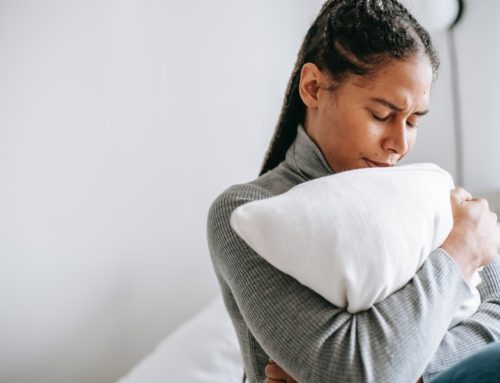Does your mood change for the worse when the days grow short and the weather turns cold? You might have something more significant than the winter blues. Seasonal Affective Disorder (SAD), a form of episodic depression and affects over 11 million Americans every year, primarily in late autumn and winter. Although its exact origins remain unknown, researchers believe it may be caused by disruptions in a person’s internal biological rhythms that happen when the length and intensity of sunlight decrease during autumn and winter. As there’s a kind of SAD that affects people in the summer to a lesser degree than in the winter, we’ll be referring to autumn and winter SAD as “winter-pattern SAD.”
You can prepare for Seasonal Affective Disorder starting in the fall. The changes in a person’s body clock and biochemistry start in early to mid-autumn. For many people, these changes don’t become noticeable until late autumn or early winter. However, it’s possible to head off most of the symptoms of SAD before they begin.
Those symptoms include:
- Low energy
- Excess sleepiness
- Overeating
- Intense craving for sugar and carbohydrates
- Lack of interest in socializing
- Feelings of intense sadness
There’s a significant overlap between winter-pattern SAD and major depression.[1] Unlike major depression, winter-pattern SAD lets up and disappears when the days grow longer and there’s ample sunlight.
To get a head start on controlling winter-pattern SAD, consider the following actions:
Start light therapy in autumn. Daily exposure to a high-quality lightbox can alleviate many of the symptoms of SAD.[2] It’s crucial to choose a lightbox that’s specifically rated for seasonal affective disorder or mood disorders. A lightbox for SAD will produce light at 10,000 lux. Twenty minutes to an hour a day is usually sufficient.[3]
Get outside. When you can, and when COVID-19 restrictions permit, spend some time outdoors. Exposure to natural sunlight helps boost light therapy
Develop an exercise habit. You don’t have to do cardio or aerobic exercise. When the weather permits, get outside and talk a walk (while following your local guidelines for COVID-19). Twenty minutes a day of some kind of movement is beneficial for your mood. You can do a range of motion exercises, yoga, and other stretching exercises when the weather chases you inside. The key is to get in motion and keep moving for 20 to 30 minutes a day. Exercise prompts the release of neurotransmitters, which are responsible for our moods and the stability of our mood.
Eat a healthy diet. SAD causes cravings for starchy, high carbohydrate foods that can cause bloating, sugar crashes, and weight gain. Meals that include complex carbohydrates, high fiber vegetables, and protein are the way to go.
Get support from a mental healthcare professional. Being in touch with a mental healthcare professional gives you ready access to help when things get challenging.
If you feel anxious and depressed during the autumn months, Damaris Aragon, ARNP, BC provides a full spectrum of mental health care to people in Spokane, Washington, and surrounding areas. She focuses on providing personalized, compassionate care that adheres to current evidence-based standards. Reach out to Damaris through her contact page or calling 509-342-6592.
[1] https://www.nimh.nih.gov/health/topics/seasonal-affective-disorder/index.shtml
[2] http://www.ederma.net/wp-content/uploads/2015/04/Terman-1989-Neuropsychopharm.pdf
[3] https://www.nimh.nih.gov/health/topics/seasonal-affective-disorder/index.shtml#part_152433






